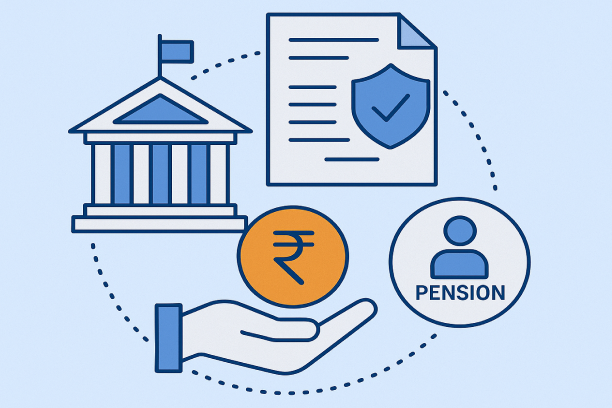Impact of IT on Banking System

One of the biggest impacts of Information Technology on the banking system has been digitization which has made banking accessible right from the mobile phone of the user. There are other aspects too – telebanking, ATMs, e-payments, net banking, credit and debit cards, data warehousing, etc., are all the results of innovative technology. Beyond that, now the Metaverse is fast becoming a reality and it is good news for banks and financial institutions.
We’ll trace the history of the impact of IT on the Banking system and touch upon the latest in the fields.
The Early Years
India’s banking industry had its first brush with IT back in the 1980s. It was the Software Packages for Banking Application. This was when banks started computerizing their branches in small ways. Fast forward to the 1990s, Total Branch Automation Packages came into being. In this gamut, IT was responsible for creating an ecosystem where technology was used for day-to-day banking functions like money transfer, safeguarding customers’ money, draft issues, loans, investment opportunities, etc.
This was the era when banks used IT majorly for their back-office functions. But that was soon to change.

Internet and the new era
Information Technology has evolved phenomenally from those initial years to now. With the internet, smartphones, and now the metaverse, the entire landscape has been transformed.
It was natural for the banking industry too to embrace the novel innovations for enhanced value proposition. Thus, today’s banking systems no longer restrict the use of IT simply for running their back offices. Instead, sophisticated technology today is boosting the industry to integrate IT in every sphere of functioning to raise the value of the banking unit.
With the adoption of Information Technology, banks today can offer their customers sophisticated product choices, enhance their infrastructure and get control over risk management. They are also better able to access varied geographical regions and diversified marketplaces further making IT such an omnipresent aspect of the industry.
Some key IT-specific functionalities & products that are helping banks enhance their services include:
- DeMATrix is a web-based solution that helps handle more than one lakh DP transactions daily. It has made a key difference for CDSL and NSDL Depository participants.
- SmartASBA is a software system that is used for processing IPO applications.
Banks and financial institutions working in IPO, FPO, DEBT/NCD, and NFO benefit a lot from this platform as it makes the entire process faster and error-free. Beginning from processing IPO applications in bulk to shares allotment, this system takes care of all the processes. - SmartWealth helps in the end-to-end management of different asset classes like mutual funds, bonds, fixed income/debts, PMS, and more. The intelligent software integrates robustly with the back-office, front-office, and customer interfaces.
- SmartInsurance is a solution that helps resolve life and non-life insurance distribution. The system has a user-friendly front office with the back office operations being seamlessly processed and managed by the software. AGILE and AGENT are the two other software systems that address smooth enrolment for life insurance and tracking the insurance trainees.
- SmartNPS is helping automate the investments and processing of the National Pension Scheme ecosystem. This software too seamlessly integrates the back office and the front office for optimal service to customers.
Impact of IT on the banking industry
1. For the Customer
- Banking services and products are available 24x7x365.
- Services are faster.
- Locational limitations are no longer present.
- ATMs help in the easy withdrawal of money.
- The use of cards, e-banking, etc., helps in the easy purchase of services and products online.
Most importantly, the digitization of the banking sector has made things convenient for the customers adding to the feel-good factor.

2. For Banks
- Reduced human interactions and interventions.
- Faster processes including reconciliation between branches.
- Add-value and service-driven approaches are possible with online banking.
- Possible to offer personalized services to customers through banking apps.
- Even small and new banks can compete with the larger ones due to digitization.
Overall, IT has helped banks remain consistently competitive, innovate, and take customer services to several notches higher. No doubt, banks are embracing relationship banking with more power and vigor now.
To summarize
IT, however, has some negative aspects too. For example, banks need to heavily invest in IT infrastructure these days to ensure customer-centric services. Plus, globally, millions have lost their jobs or earning opportunities due to large-scale automation. The risk of data theft can also not be ignored.
Having said that, the potential of IT in this industry is huge. IT has played a major role in the evolution of the industry and it all started quite some time back. Like the banking industry is the backbone of a nation’s economy, information technology is the backbone of the industry. Invariably, the success of the banking system depends largely on adopting progressive technology.
Share this article
© 2025 Winsoft Technologies India Pvt. Ltd.



